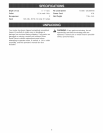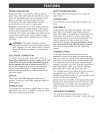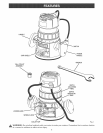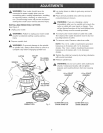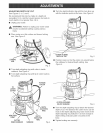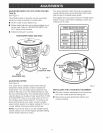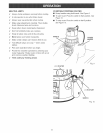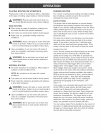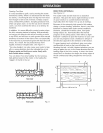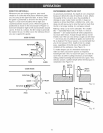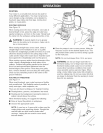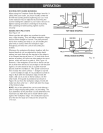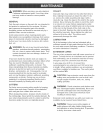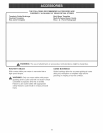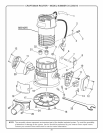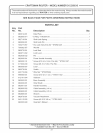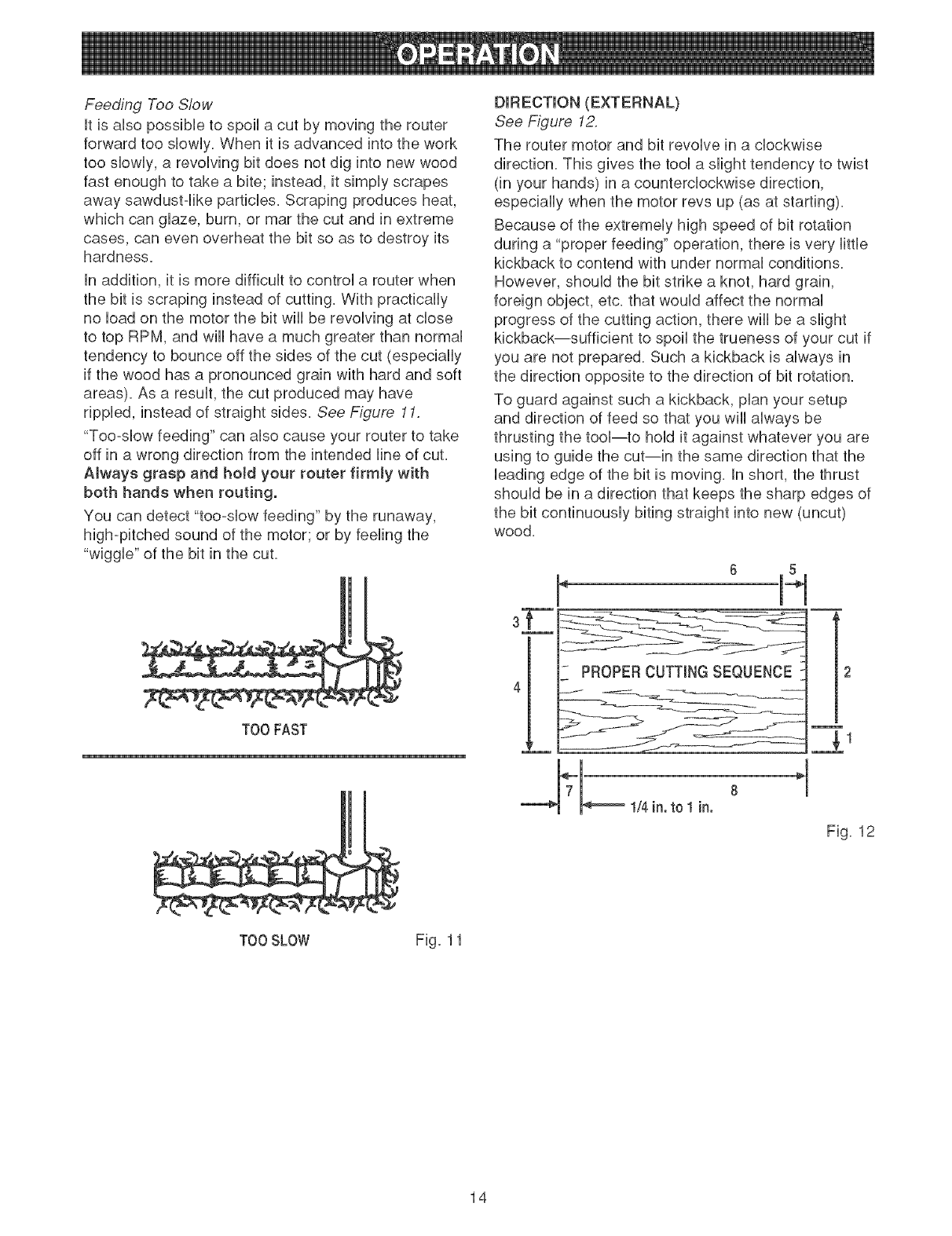
Feeding Too Slow
Utis aBo possiMe to spoil a cut by moving the router
forward too sbwUy. When it is advanced into the work
too sbwUy, a revoMng bit does not dig into new wood
fast enough to take a bite; instead, it simpUy scrapes
away sawdust-Hke partbbs. Scraping produces heat,
which can gUaze,burn, or mar the cut and in extreme
cases, can even overheat the bit so as to destroy its
hardness.
Unaddition, it is more difficuUt to controUa router when
the bit is scraping instead of cutting. With practically
no bad on the motor the bit wHUbe revoMng at dose
to top RPM, and wHUhave a much greater than normaU
tendency to bounce off the sides of the cut (especially
if the wood has a pronounced grain with hard and soft
areas). As a result, the cut produced may have
rippled, instead of straight sides. See Figure 11.
"Too-slow feeding" can also cause your router to take
off in a wrong direction from the intended line of cut.
Always grasp and hoJd your router firmly with
both hands when routing.
You can detect "too-slow feeding" by the runaway,
high-pitched sound of the motor; or by feeling the
"wiggle" of the bit in the cut.
TOOFAST
DIRECTION (EXTERNAL)
See Figure 12.
The router motor and bit revolve in a clockwise
direction. This gives the tool a slight tendency to twist
(in your hands) in a counterclockwise direction,
especially when the motor revs up (as at starting).
Because of the extremely high speed of bit rotation
during a "proper feeding" operation, there is very little
kickback to contend with under normal conditions.
However, should the bit strike a knot, hard grain,
foreign object, etc. that would affect the normal
progress of the cutting action, there will be a slight
kickback--sufficient to spoil the trueness of your cut if
you are not prepared. Such a kickback is always in
the direction opposite to the direction of bit rotation.
To guard against such a kickback, plan your setup
and direction of feed so that you will always be
thrusting the tool--to hold it against whatever you are
using to guide the cut--in the same direction that the
leading edge of the bit is moving. In short, the thrust
should be in a direction that keeps the sharp edges of
the bit continuously biting straight into new (uncut)
wood.
sT
PROPER CUTTING SEQUENCE
4
Fig. 12
TOOSLOW Fig. 11
14



